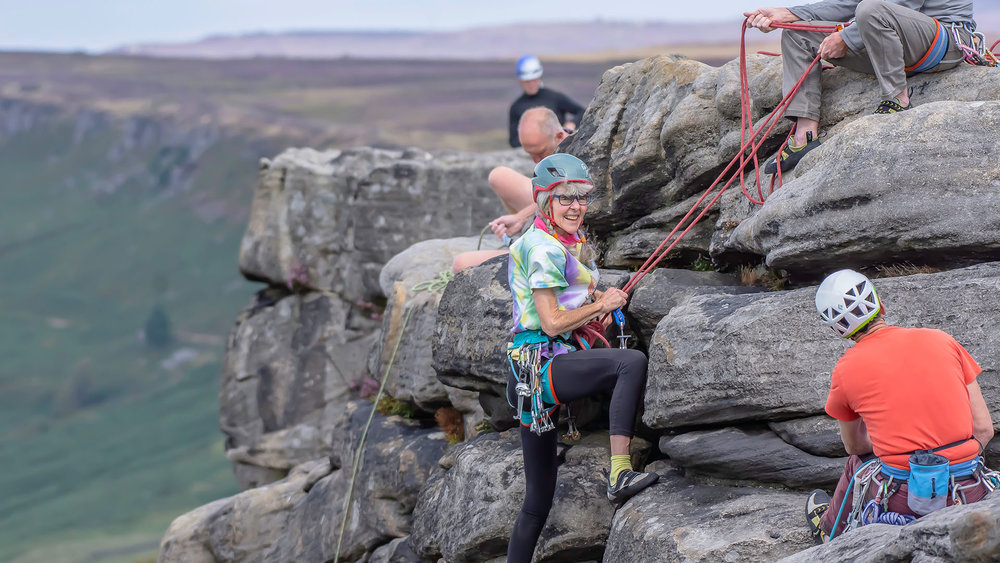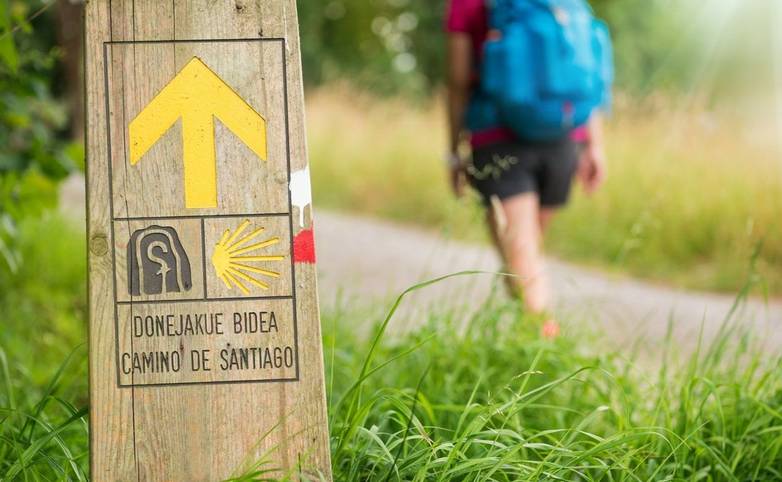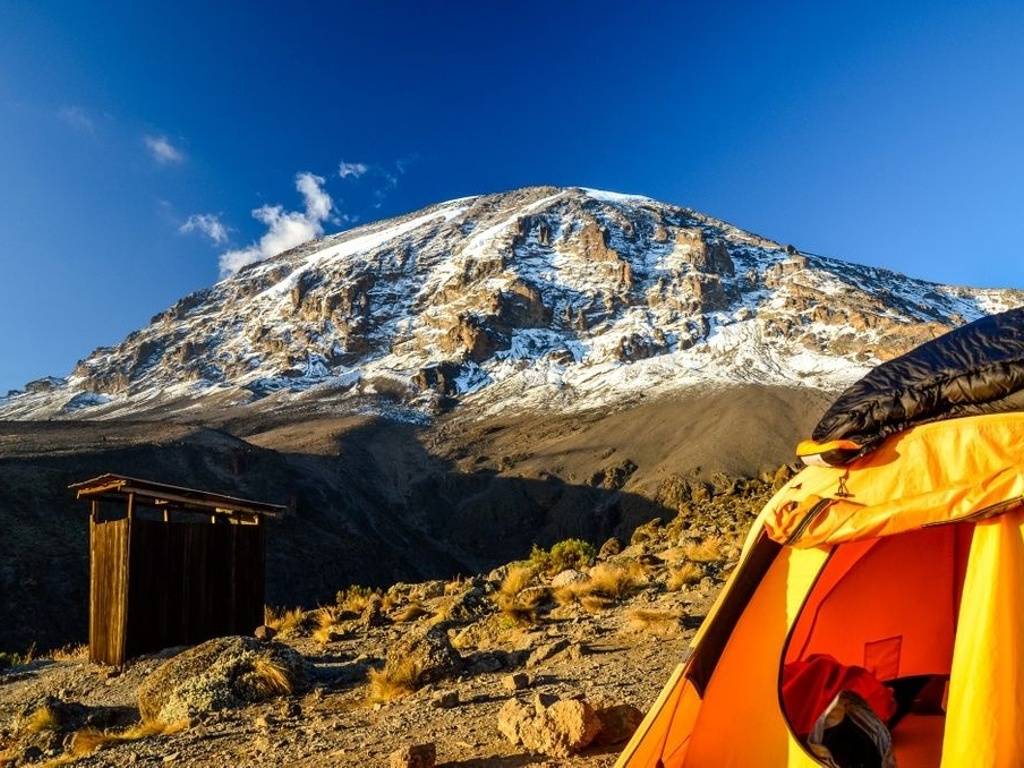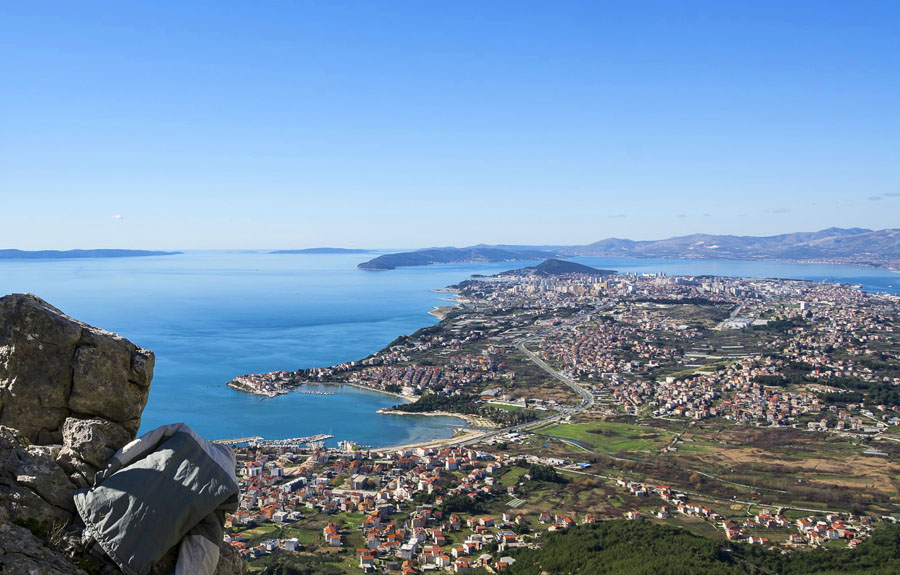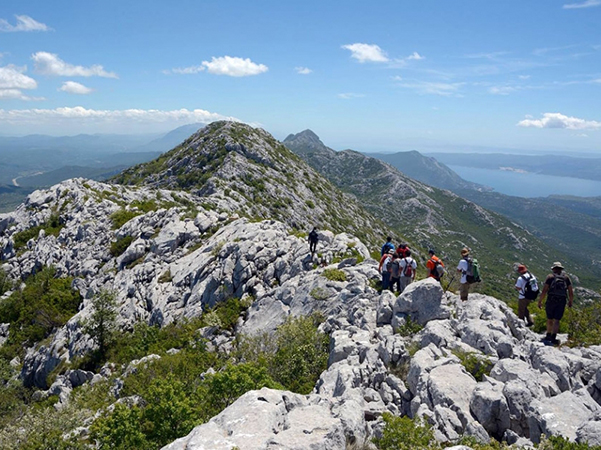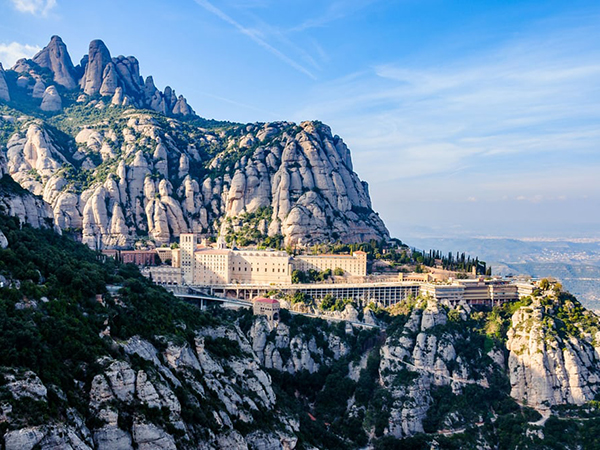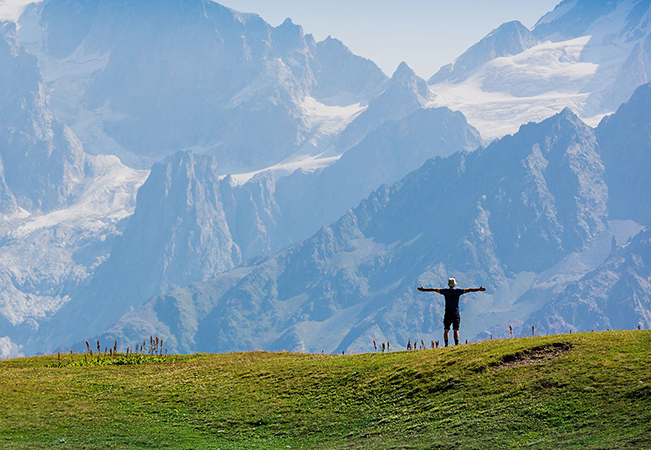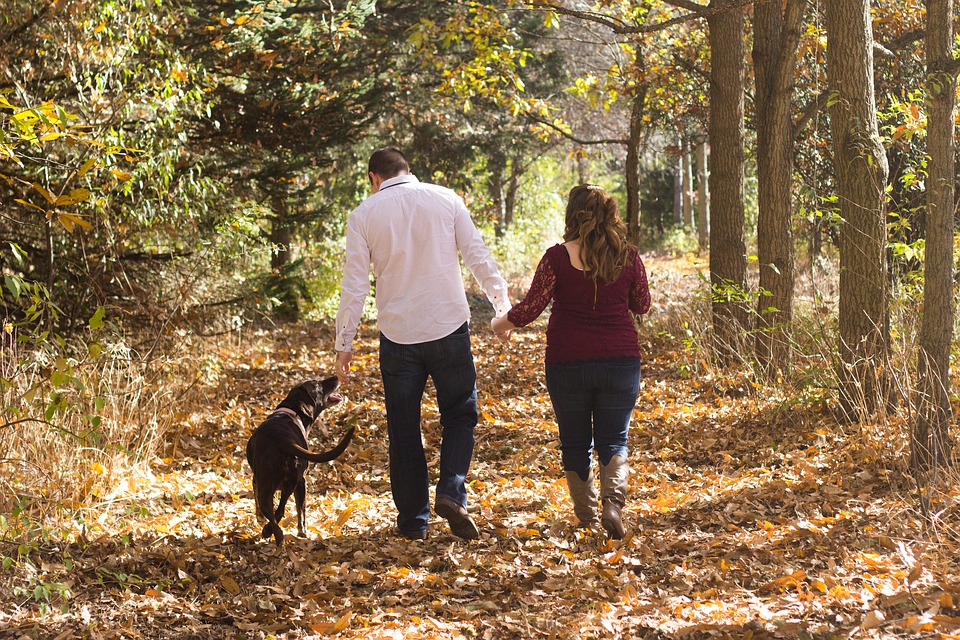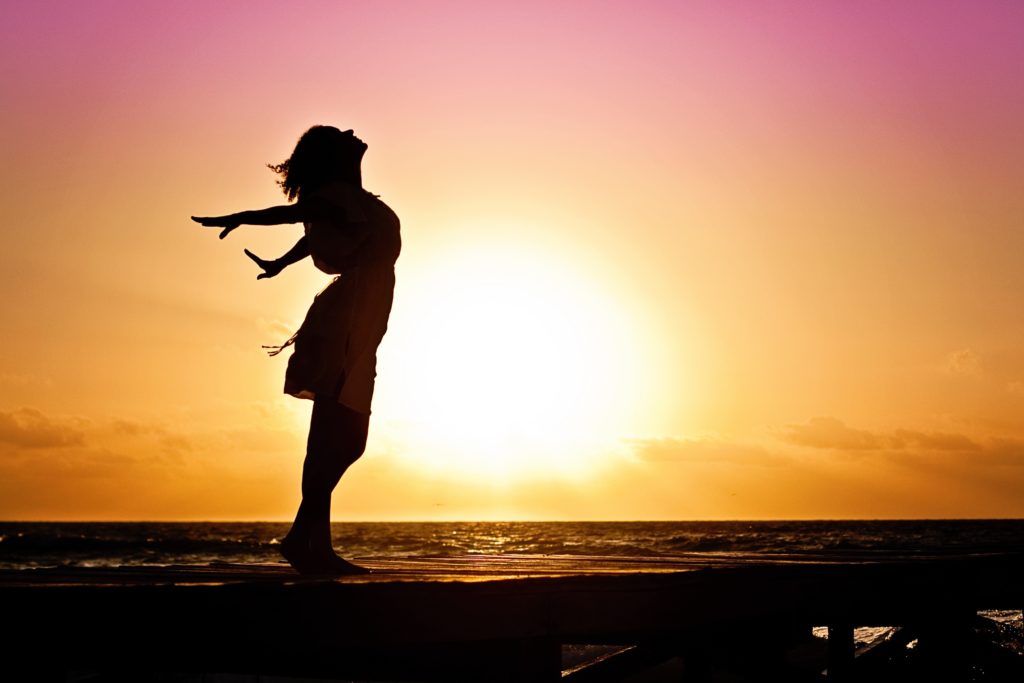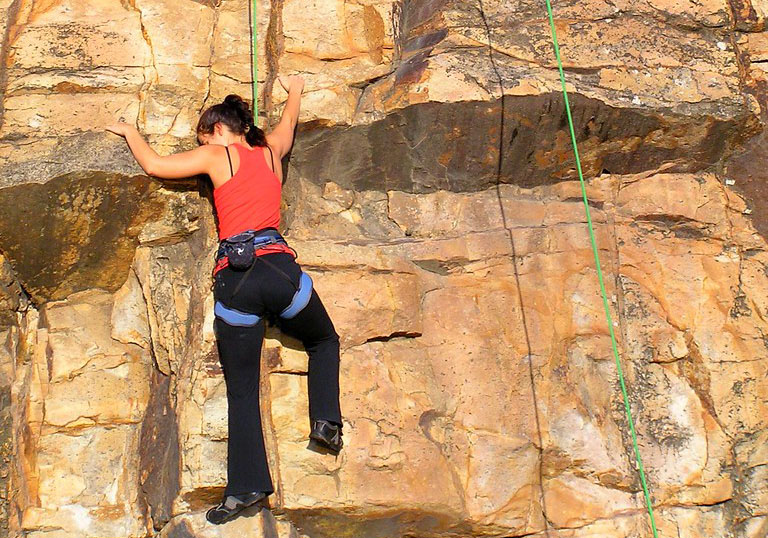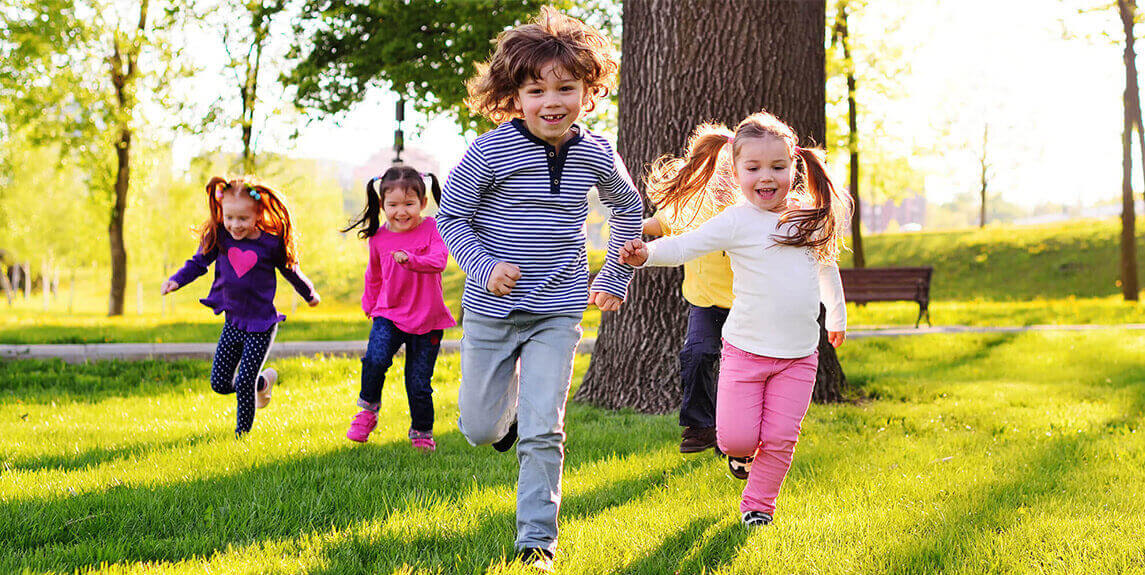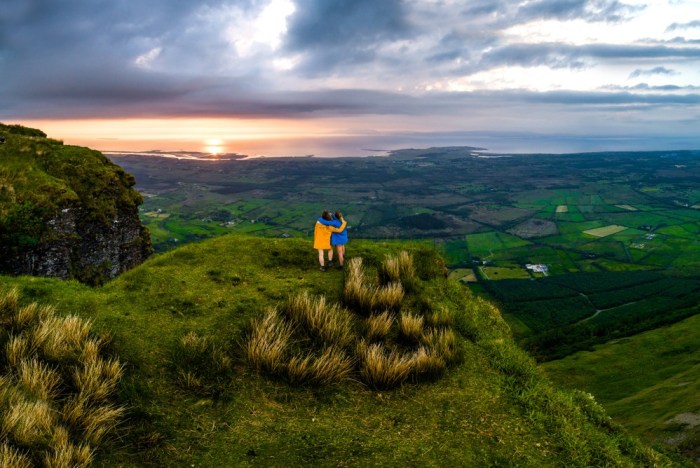Ok folks. There are sleeping bags and there are
Sleeping Bags!
There are
functional zipped body bags that will adequately do the job required of a bag
that you sleep in. Then there are rolling clouds of enveloping coziness that
fold gently around your tired body and hold you snugly in their comfiness while
you sleep.
So, how do you know which you are buying?
In this blog, we will talk you through the joys of good sleeping bags, great sleeping bags and life-saving sleeping bags. Our simple explanation of temperature guides, insulation options and the best shape bag for you will help find a sleeping bag best suited to your needs. As always, at Outdoor Adventure Store, we have an incredible range of sleeping bags to choose from and friendly, knowledgeable staff to assist. Check out our mid-price two season sleeping bags here.
Shapes and Sizes
Square sleeping bags are the classic of the species. A basic square sleeping bag offers more room at the bottom where the feet should be. This gives more toe wriggling room. If you don’t like your feet to feel constricted while you snooze, this is the one for you. Square sleeping bags are also available in double size, so are the best choice if you prefer to sleep as a couple.
Mummy sleeping bags are well named. Wrapping yourself up in a mummy sleeping bag, which is cleverly tapered at the bottom will keep you ‘snug as a bug in an Egyptian sarcophagus’ vibe. The design is excellent, as it keeps warm air inside and without circulating and cooling it ensures your sleep is at a steady warm, toasty level. The Mummy design is commonly used from single season to expedition bags, and is a must in sub-zero temperatures.
The size of your sleeping bag is a
very logical matter. Manufacturers cater
the sizes of the bag for the average physique of kids, youth, women and
men.
Kids and Young Adults
Children need a sleeping bag designed especially for them, with a shorter length. This is because excess space in the bag allows air to circulate and cool. Wee ones will be better insulated in a product that is meant for their size. This is true for teenagers and young adults too. The Kampkraft junior sleeping bag is particularly good value, offering a built-in pillow, soft touch fabric, a TOG rating of 13.5 and an easy carry bag.
Women
Some manufacturers offer sleeping bags especially for women. This is in recognition that a smaller physique may need a better fit and higher insulation. At Outdoor Adventure Store we can advise on the most appropriate sleeping bag for every shape and size of body type. Both for men and women. Check out the choice here
Season Ratings Explained
Anyone who has
ever shared a bed with another human being, can testify that we all have
different comfort temperatures for a good night’s sleep. There is the generalised belief that women
feel the cold more than men, as previously discussed, although our customer
feedback indicates that it is not always the case. Your personal optimum sleeping temperature should
be a consideration when purchasing a new sleeping bag. But the most important thing to consider is
the time of year and the temperatures prevalent where you will be sleeping.
Most sleeping bags are season rated, following a very logical thought process
of Season 1 being light weight and heading up to Season 4/5, where the
expedition bags abide.
Season
1-2 Sleeping Bags are generally compact, light and ideal for camping in warmer
climates and temperatures. This is the
most common all-use sleeping bag, suitable for family camping, Irish summer use
and general festival camping. A comfortable rating for most seasonal uses.
Season 3-4 Sleeping Bags are a thicker sleeping bag, often made with down filling and offering that bit more insulation than the lighter models. Season 3 to 4 rated sleeping bags are ideal for those on adventure trips and expeditions in late Autumn and early Spring outdoor adventures. A season 4 sleeping bag copes easily with extremely cold temperatures, while having a low weight and small pack size. Check out this sleeping beauty, a mummy sleeping bag which fits most needs at a good price.
Its unique Thermal Embrace System allows the bag to hug your body and maximize insulation while the aluminised reflective lining also pulls heat back. Simply snuggle into the Latitude and you won’t ever want to get out!
Packing some
Weight
If you are buying your sleeping bag for a road
trip or festival, then the weight may not be a huge factor. But should you need to carry your bed on
your back, for longer expeditions and over difficult terrain, then you need to
choose wisely. Check bag weight and pack size (how small the sleeping bag is
when packed away) online or in the shop before you buy. For thicker sleeping bags a compression sack
can reduce the volume of your packed bag.
Even the most compact sleeping bag still takes up a fair bit of space
but a compression sacks provides
space saving solutions by packing and compressing contents to half their size.
This makes it really handy for bulky sleeping bags or clothing.
Sleeping Bag Liners and Accessories
The liner is a very useful light inner sleeve which fits inside the bag. A sleeping bag liner can prolong the life of your bed roll as it reduces the need for washing the entire bag. It also can be used alone on very hot nights or can add an extra layer in colder ones.
Over the past few years, sleeping bags have
evolved to the next level, putting you in control of temperature and comfort and
now with added extras. Built in LED
torches, mosquito nets and DVD
players. Ok, we were kidding about the
DVD players, but if you want a bag with its own integrated LED torch, mosquito
net or matching compression bag, chat to our staff and they will point you in
the right direction.
There
is a sleeping bag to suit every need, every wallet and every sleeping
temperature. Consider the dark cold nights ahead lying in your choice of
sleeping bag. You may be either
shivering in misery, cursing the cold, or hopefully, basking in the glow of self-satisfaction
and cozy warmth.
Sleep
well folks!

